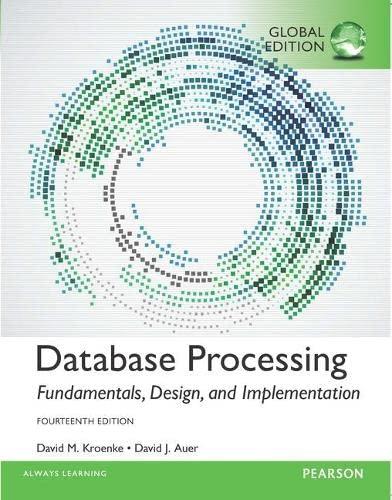
AE 370 HOMEWORK 1 2. Is the Lagrange basis really better than the monomial basis? We discussed in class that when performing polynomial interpolation, a linear system Ac = f arises to solve for coefficients c that express the interpolant in the particular basis used to build A. We also mentioned that the Lagrange basis is vastly superior to the monomial basis. You will demonstrate that for yourself in this problem by considering interpolation of the function f(x) = sin(cos(3x)) over the interval [1,4]. For all parts of this problem, use the Chebyshev points described in class. (a) Concept question: Symbolically derive the matrix system Ac = f in terms of a generic basis B = {bi(x), bu(x),..., bn+1(x)}. Then, specify what the matrix A becomes for the Lagrange and monomial basis, respectively. (b) Use Matlab to compute the interpolant of f(x) using both the Lagrange basis and the monomial basis for n = 3, 10, 20, and 50. Plot the results for each n for the two different bases. Also plot the error associated with the two different bases as a function of n. (c) In Matlab, build the matrix A for both the monomial basis and the Lagrange basis for 3, 10, 20, and 50. For each n, compute the condition number of A, k(A), for both bases. Use this quantity to argue why the Lagrange basis is better suited to polynomial interpolation than the monomial basis. (d) Concept question: Why does the use of Chebyshev points not make it so that the monomial basis still leads to a small error? n = AE 370 HOMEWORK 1 2. Is the Lagrange basis really better than the monomial basis? We discussed in class that when performing polynomial interpolation, a linear system Ac = f arises to solve for coefficients c that express the interpolant in the particular basis used to build A. We also mentioned that the Lagrange basis is vastly superior to the monomial basis. You will demonstrate that for yourself in this problem by considering interpolation of the function f(x) = sin(cos(3x)) over the interval [1,4]. For all parts of this problem, use the Chebyshev points described in class. (a) Concept question: Symbolically derive the matrix system Ac = f in terms of a generic basis B = {bi(x), bu(x),..., bn+1(x)}. Then, specify what the matrix A becomes for the Lagrange and monomial basis, respectively. (b) Use Matlab to compute the interpolant of f(x) using both the Lagrange basis and the monomial basis for n = 3, 10, 20, and 50. Plot the results for each n for the two different bases. Also plot the error associated with the two different bases as a function of n. (c) In Matlab, build the matrix A for both the monomial basis and the Lagrange basis for 3, 10, 20, and 50. For each n, compute the condition number of A, k(A), for both bases. Use this quantity to argue why the Lagrange basis is better suited to polynomial interpolation than the monomial basis. (d) Concept question: Why does the use of Chebyshev points not make it so that the monomial basis still leads to a small error? n =







